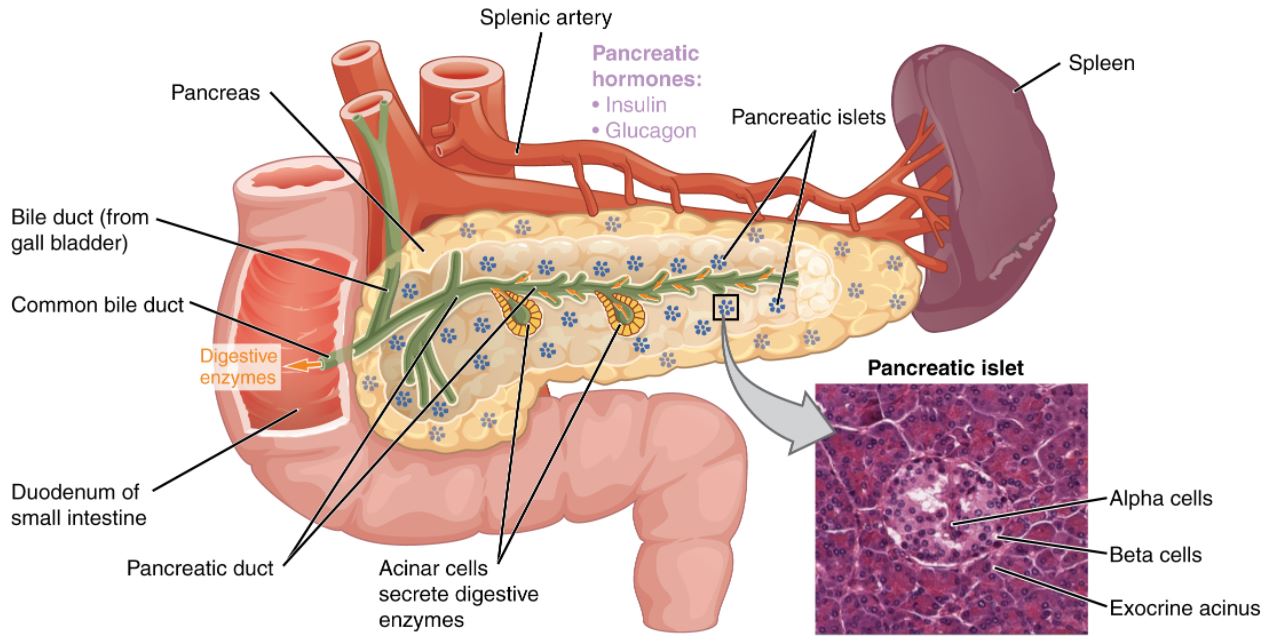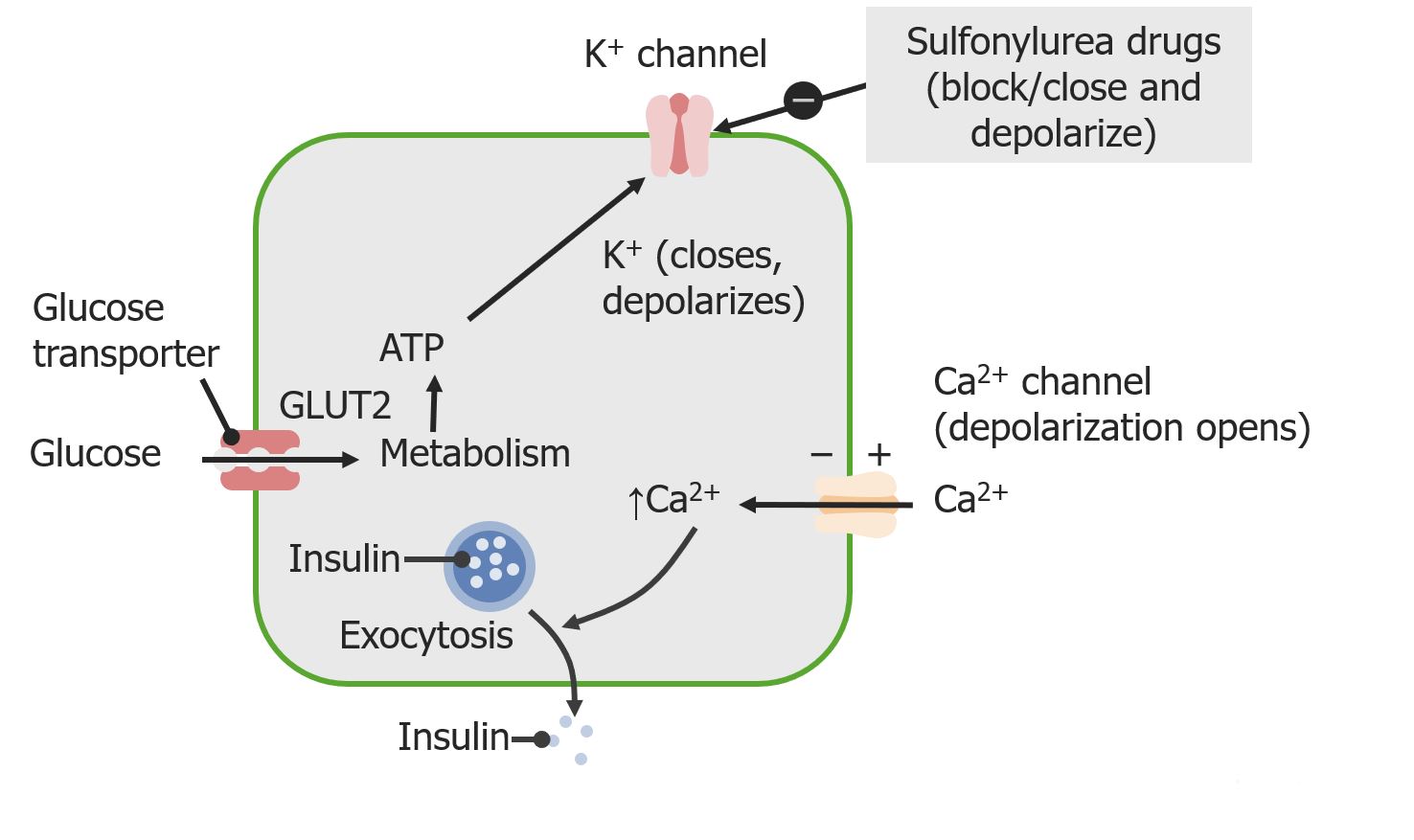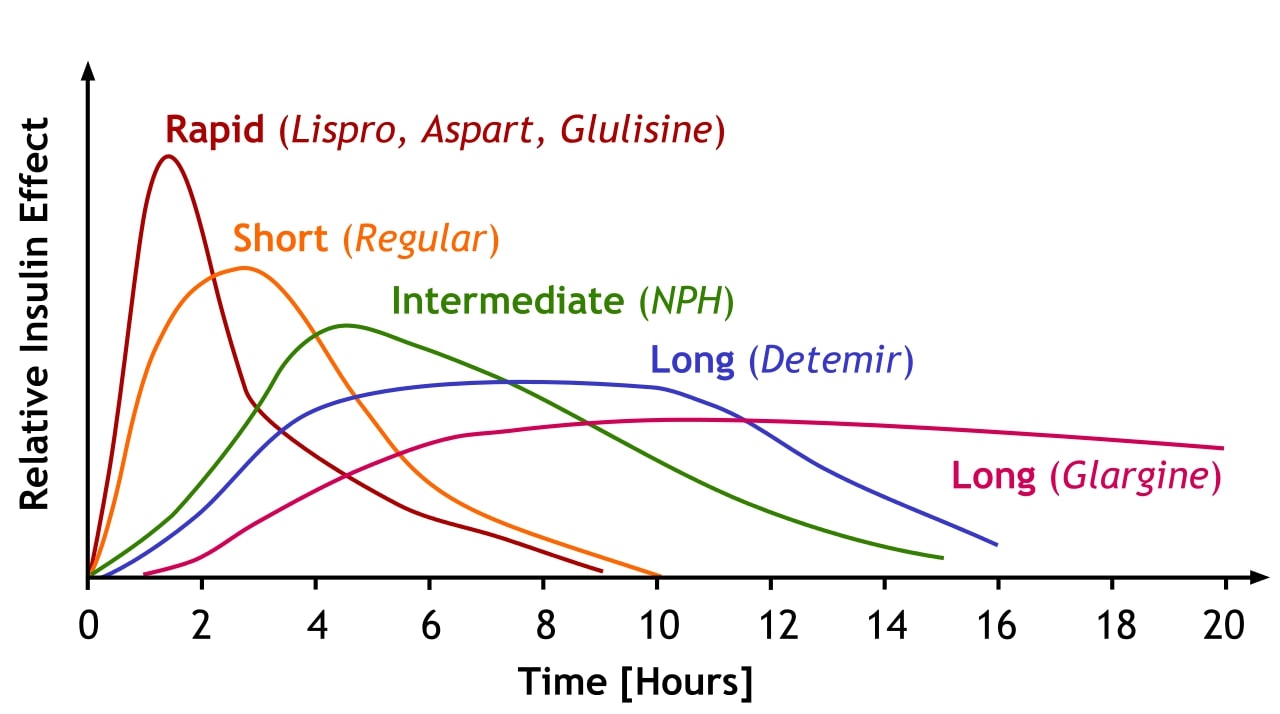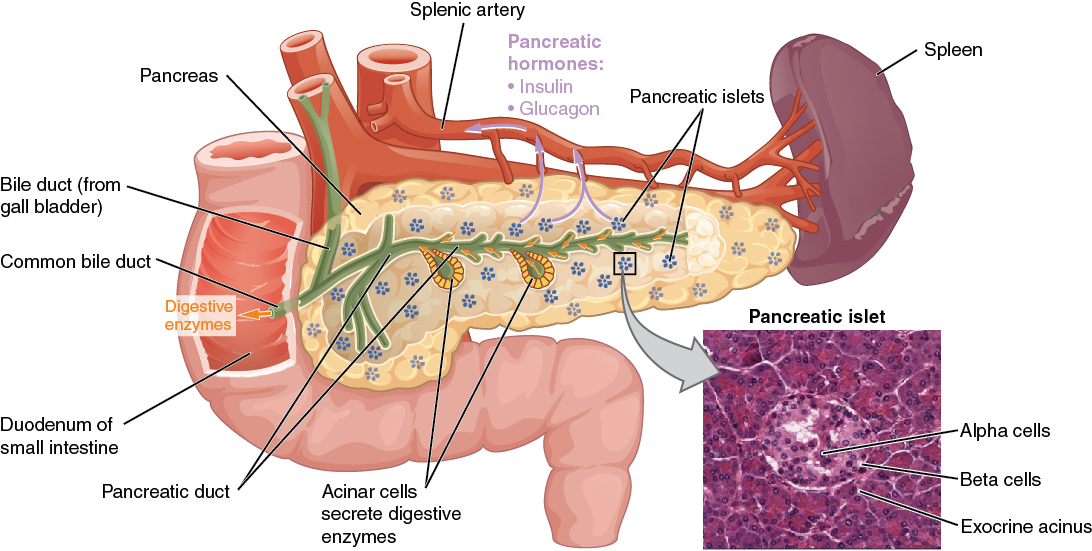Playlist
Show Playlist
Hide Playlist
Type 1 Diabetes (Juvenile Diabetes): Typical Presentation
-
Slides Type1Diabetes Pediatrics.pdf
-
Download Lecture Overview
00:01 First off, how do they present? So a patient who has started develop hyperglycemia is gonna present with some key findings. 00:09 First off, they will likely have some weight loss. 00:12 They will probably have some fatigue. 00:15 And the classic findings in what is very high yield on an exam is the polys. 00:21 So we see the polys in these children frequently. 00:24 What are the polys? We have polyuria, polydypsia, and polyphagia. 00:30 In particular, they are drinking more, they are peeing more, and they are eating more. 00:35 So parents will frequently report, my child's eating like crazy, drinking like crazy, and peeing like crazy. 00:42 And often times, the families or the patient themselves, will feel like the drinking is fueling the peeing when in fact what it is, is this child is losing water through diuresis from the high sugar level and they're drinking to maintain a normal osmostat in their blood. 01:00 So if there is a delay in diagnosis, if they sort of suck it up and continue on through this illness without going to see a professional, they can present remarkably sick. 01:14 They may have polyuria despite the fact that they are in a dehydrated state. 01:20 This causes a delayed capillary refill and dry mucous membranes on exam. 01:25 You may well detect a sweet or musty breath odor, that's from the ketones in their body You can smell the ketones on their breath. 01:34 These patients will develop tachycardia and tachypnea. 01:38 This is from acidosis. 01:40 The acidosis is from high levels of ketones that are building up in the urine and in the blood that are causing an acid level and they are now blowing off that carbon dioxide to maintain their pH. 01:52 As this progresses and gets worst, their brains starts getting involved and they can develop confusion or develop a coma. 02:01 They can have very severe brain damage, they can get cerebral edema. 02:06 And lastly, usually a secondary to a hyperkalemic state they can enter v-tach or v-fib which is of course not consistent with life. 02:15 So let's go through why they're having these symptoms. 02:22 They will often have abdominal pain and this is actually in response to ketoacidosis. 02:27 Likewise, vomiting which is a response to ketoacidosis. 02:31 Patients will develop tachypnea and in end stage what we call Kussmaul breathing. 02:37 This is a respiratory compensation for acidosis and the Kussmaul is now they're having problem with their brain as well. 02:45 They can have confusion, stupor, and coma. 02:49 And that's typically from cerebral edema that can classically occur in very bad cases of presentation and they may come in and die. 02:59 We have all seen cases or heard of cases where children are dying from their untreated diabetes. 03:04 This can be from profound acidosis, hyperkalemia, arrhythmias and cerebral edema.
About the Lecture
The lecture Type 1 Diabetes (Juvenile Diabetes): Typical Presentation by Brian Alverson, MD is from the course Pediatric Endocrinology.
Included Quiz Questions
A patient presents with DKA and you note that she is profoundly confused. What is the most likely cause of her confusion?
- Cerebral edema
- Stroke
- Hyperglycemia effects on cognition
- Ketone effects on cognition
- Psychological trauma
Customer reviews
5,0 of 5 stars
| 5 Stars |
|
1 |
| 4 Stars |
|
0 |
| 3 Stars |
|
0 |
| 2 Stars |
|
0 |
| 1 Star |
|
0 |
It was great to hear in step by step manner how this disorder develops and How patients are presenting with this disorder! Thank you very much.








